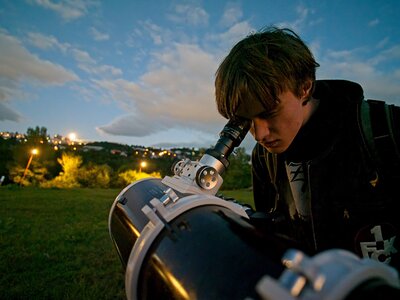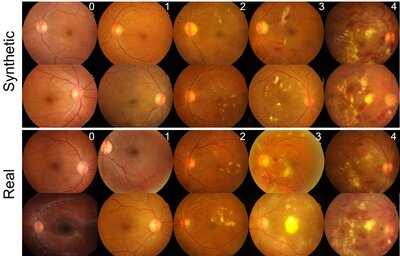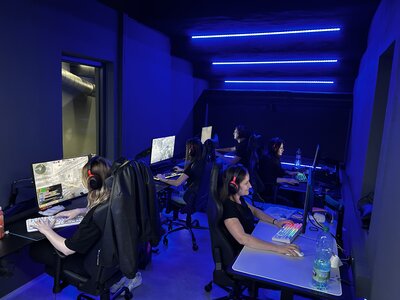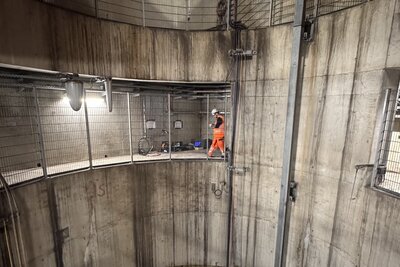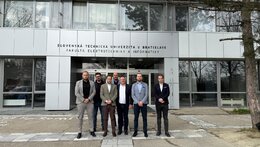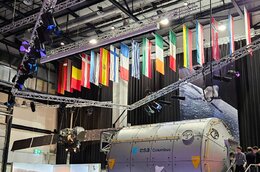They might seem like two completely different things—but what connects them is how they process visual data. Michal Kováč, a PhD student at the Institute of Robotics and Cybernetics, FEI STU, is conducting research that bridges medicine, artificial intelligence, and robotics. In this interview, he talks not only about developing generative AI for medicine and working with multispectral data for autonomous systems, but also about his doctoral journey, international collaborations, and preparing a scientific workshop for the prestigious International Conference on Computer Vision.
Beginnings and Motivation
How did you get into robotics and cybernetics?
I've been drawn to technology and robotics since childhood. It started with simple Arduino projects and grew deeper thanks to my studies at FEI STU. I was fascinated by the idea that we can shape machine behavior and give machines the ability to perceive and respond to their surroundings by combining software and hardware.
What fascinates you most about technology?
What I enjoy the most is solving real-world problems with technology—something that has a direct impact. Right now, I’m working on generative AI for medicine, and it’s fascinating to see how we can use AI to augment small datasets that otherwise wouldn’t be enough to build reliable diagnostic tools. Medical data is often scarce, and AI can help fill those gaps. What I like is that this isn’t just theory—these tools could make a real difference for doctors and patients.
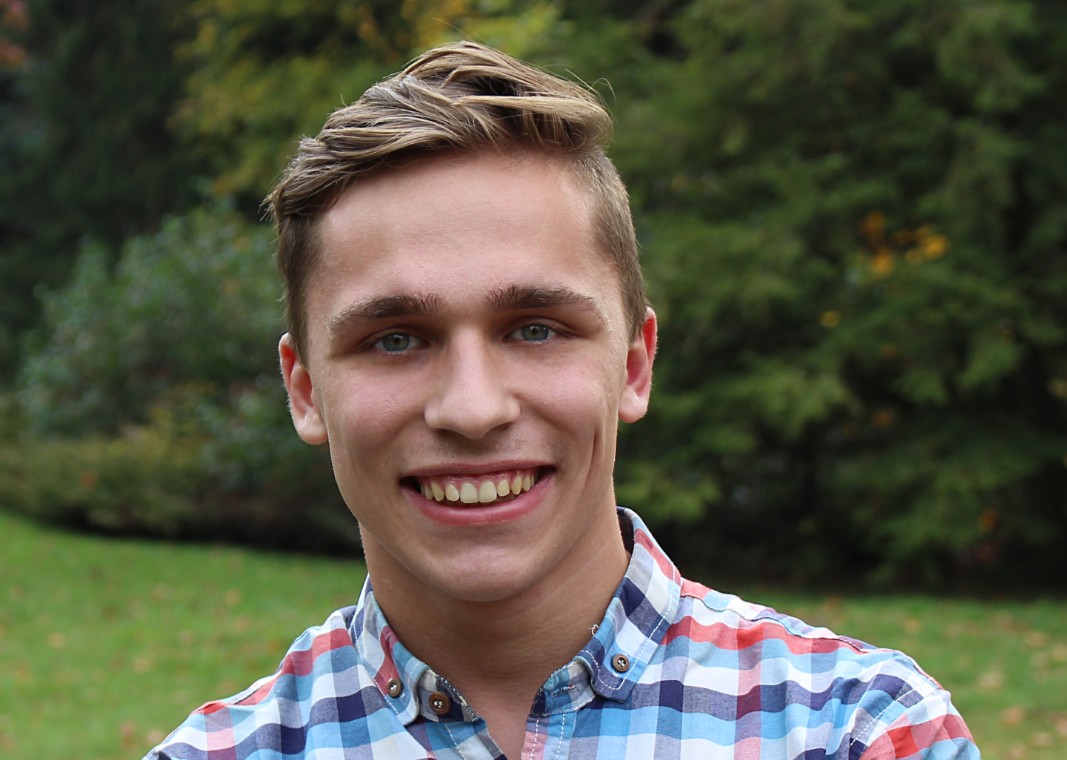
Research and Doctoral Studies
Why did you decide to pursue a PhD?
I wanted to go deeper—I wasn’t satisfied with just using existing tools, I wanted to create them. The PhD gives me space to explore new methods, develop my own algorithms, and be part of a community that drives science forward.
You mentioned what you're working on. Could you elaborate?
Our team is developing models capable of generating realistic fundus images to expand existing medical datasets, which are often very limited. These synthetic data can help improve diagnosis and screening of diseases like diabetic retinopathy or glaucoma, making healthcare more accurate and accessible.
What are fundus images?
A fundus image is a photo of the back of the eye—showing the retina, optic nerve, and blood vessels. They're essential in ophthalmology, but difficult to collect in large enough volumes for training AI models.
Have any of your results made it into practice? Are you working with hospitals?
Yes, we collaborate with several hospitals, mainly for data collection and validation. Doctors help evaluate how well our diagnostic models work or how realistic our generated images are. Their feedback is crucial—it helps us fine-tune the models to ensure they have real-world value. We're still in the research phase, but these consultations with professionals are the first step toward practical applications.
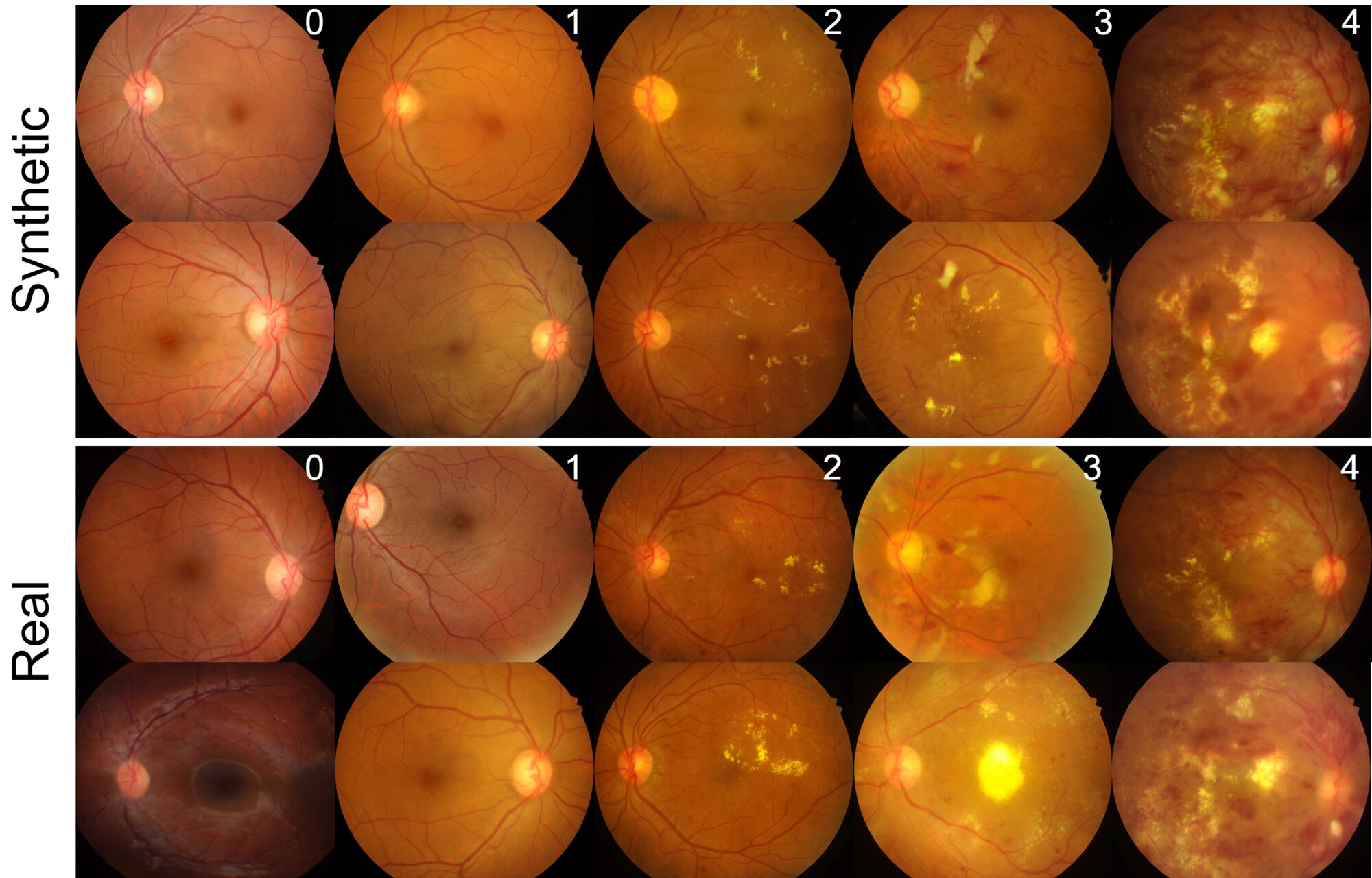
What are the biggest challenges, and what does your PhD give you?
The biggest challenge is finding a balance between research, publishing, and practical implementation of solutions. But the PhD gives me enormous freedom, confidence, and the opportunity to work with top experts from around the world.
What does that freedom look like?
Mainly, it means I can choose the direction of my research—both thematically and technically. I’m not tied to a specific product or goal, like in industry. I can experiment, try new things—even if not all of them lead to results. At the same time, I can learn from people around the world and connect topics that might not typically intersect elsewhere.
Which countries or institutions have you had the chance to collaborate with?
I’ve worked most closely with researchers from Yonsei University in South Korea, where I did an internship and contributed to research on environmental perception for autonomous vehicles. It was a very intense and hands-on experience. Currently, as part of the MIRA workshop preparations, I’m working with a team from several top universities—such as Seoul National University, Tongji University in China, the Karlsruhe Institute of Technology in Germany, and Carnegie Mellon University in the USA. It’s a truly diverse group of people from around the world, and it’s that variety of experience and perspectives that makes the collaboration so interesting and inspiring.
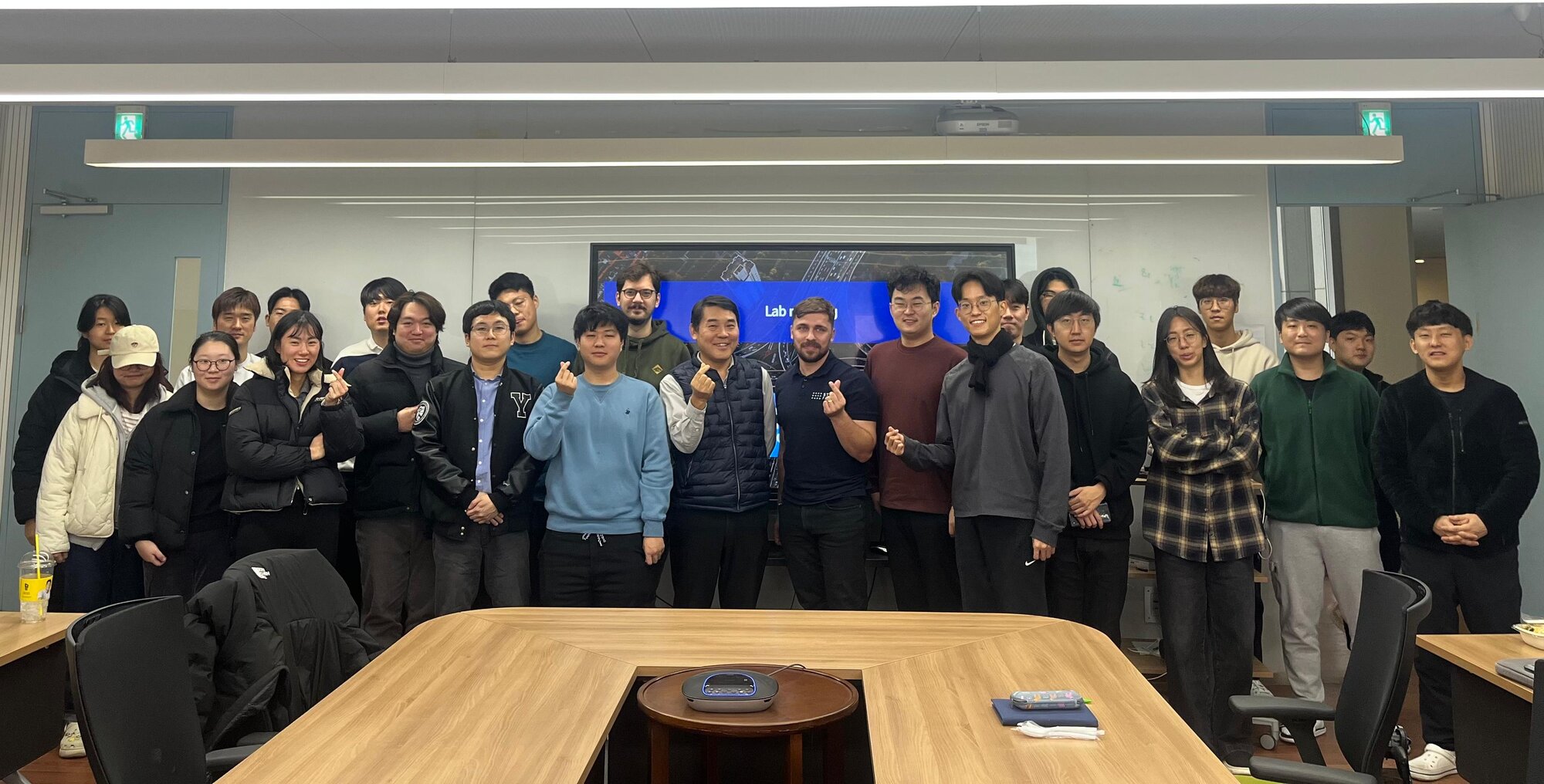
Success on the International Scene
You mentioned the MIRA workshop. What is it, and how did you get involved with ICCV?
MIRA stands for Multispectral Imaging for Robotics and Automation Workshop. It’s part of ICCV 2025 in Honolulu, one of the world’s top conferences in computer vision. I joined the organizing team thanks to an internship I completed last year at Yonsei University in Seoul, in the Seamless Trans-X Lab led by Prof. Shiho Kim. I worked on perception research for autonomous vehicles using multispectral cameras, where I met researcher Yagiz Nalçakan. He initiated the workshop and invited me to join the team.
It’s a great opportunity to continue international collaboration, connect with experts worldwide, and help shape the program of a top-tier scientific event.
Aside from medical AI, you’re involved in another research topic. Isn’t it hard to manage both?
Alongside generative AI in medicine, I’m also working on image processing for autonomous vehicles, specifically using multispectral cameras. At first, they seem like separate fields, but they share a lot—image data analysis, model training, and challenges around data scarcity. Techniques like data augmentation, output quality assessment, or model robustness apply in both areas. So even though I switch between topics, many insights are transferable.
How does organizing a workshop like MIRA work?
It involves coordinating with invited speakers, managing technical paper submissions, reviewing articles, and co-designing the workshop program. It’s about creating a space where top researchers come together to discuss the future of robotics and sensor technologies.

What’s it like to collaborate with universities like Yonsei or Carnegie Mellon?
It’s an amazing experience! Everyone brings different backgrounds and approaches, so we learn a lot from each other. Sometimes we get deep into technical details, other times we brainstorm big-picture ideas. Those lively discussions often lead to the best breakthroughs.
Do similar discussions happen at your home institute? Do you inspire each other?
Absolutely. We have a great team of PhD students and postdocs, and we often talk about research, trends, and papers. We share what we’re working on, ask for feedback, or just brainstorm new ideas together.
Vision for the Future
Where do you see yourself in the future - academia, industry, startups?
I’m interested in connecting research with real-world applications. In the future, I’d like to work as a researcher in a tech company or research center where I can translate academic findings into tangible products or services. Startups appeal to me because of their speed and innovation, while academia allows deeper exploration. Ideally, I’d combine both—collaborating between universities and industry.
What advice would you give to students considering a research path?
If you enjoy deep thinking and tackling questions that no one’s answered yet—go for it. Research isn’t just lab work; it’s about collaboration, sharing ideas, and patiently searching for solutions. It can be slow and even frustrating at times, but that moment when you discover or understand something new—it’s absolutely worth it!

